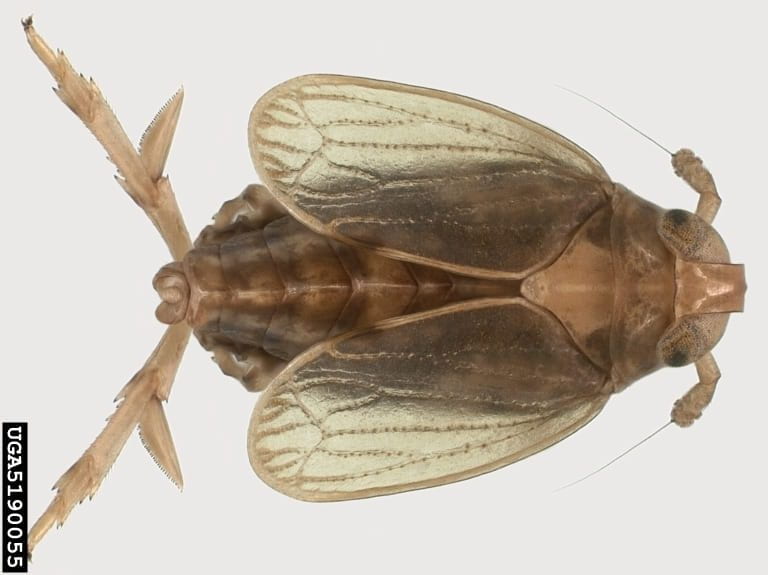
A self-spreading bacterial infection in an agricultural pest that stops the pest from spreading plant viruses
Words: Ary Hoffmann
Banner image: Natasha Wright, licensed under Creative Commons Attribution 3.0 License.
In Asia, one of the most damaging pests of rise is the brown planthopper, Nilaparvata lugens. This pest damages plants directly but more importantly it acts as a vector for damaging plant viruses, including the “rice ragged stunt virus” (RRSV). This virus cannot spread by itself but relies on the planthoppers to move between rice plants.
New research headed by Nanjing Agricultural University and also including collaborators from the University of Michigan and the University of Melbourne has now led to the development of a new strain of the brown planthopper that can no longer spread RRSV. The investigators introduced a bacterium known as Wolbachia into the planthoppers where it was stably transmitted across generations. Wolbachia live inside cells and are transmitted through mothers to their offspring.
The presence of this bacterium which originated from a different species of planthopper was sufficient to block the build up of the virus in the insects. Normally, viruses are transmitted by replicating inside the insect host and making their way to salivary glands of the insects where they are passed on to plants when the insects feed on plant tissues. The Wolbachia infected brown planthoppers had very few viruses in their salivary glands, preventing this process from occurring. Therefore, infected planthoppers feeding on rice infected by RRVS did not transmit it to uninfected rice plants when the planthoppers fed on them.
Importantly, males from the new strain of planthoppers infected by the new Wolbachia bacterial strain were incompatible when they mated with females that lacked the Wolbachia strain, resulting in the death of the female’s embryos. On the other hand, matings between males and females that both carried the new infection produced viable offspring. This embryo death allows the bacterial infection to spread through insect populations – the infected females transmit the bacteria to all their offspring and have a huge reproductive advantage because they can successfully mate with any type of male, whereas females without the new bacterial strain are effectively sterilised when they mate with the wrong males.

Graphical abstract from the article
This phenomenon produces a process whereby the new Wolbachia strain introduced into brown planthoppers can self-spread into an existing population, a process that was demonstrated to occur efficiently in the brown planthoppers.
Wolbachia bacteria are currently being used for suppressing dengue virus transmission by mosquitoes around the world, helping to prevent dengue infections being transmitted between humans. Releases of Wolbachia mosquitoes in countries like Malaysia are now forming part of the overall strategy used by the health ministry to tackle dengue. In the same way, self-spreading Wolbachia strains in insect pests can play an important role in reducing damage caused by plant viruses, obviating the need to suppress the pest populations with pesticides harmful to the environment.
The research on Wolbachia in brown planthoppers has just been published in Current Biology
OPEN ACCESS DOI:https://doi.org/10.1016/j.cub.2020.09.033